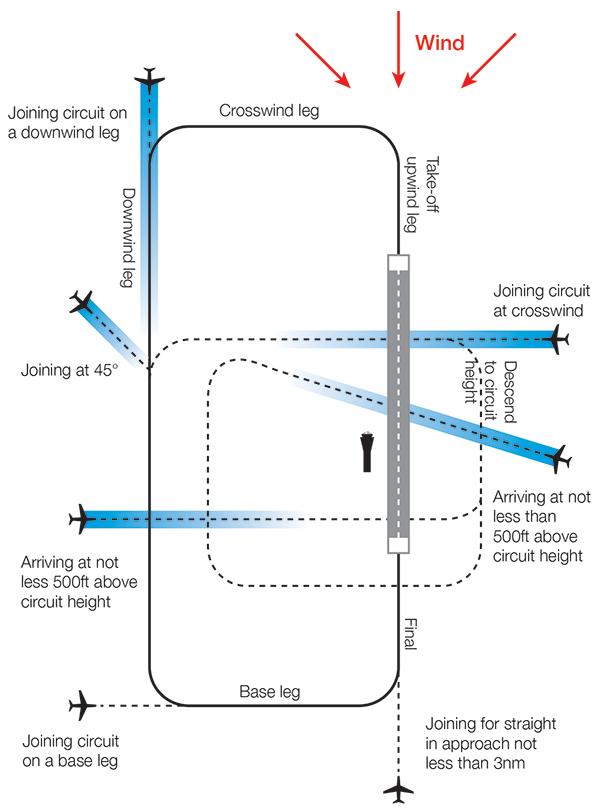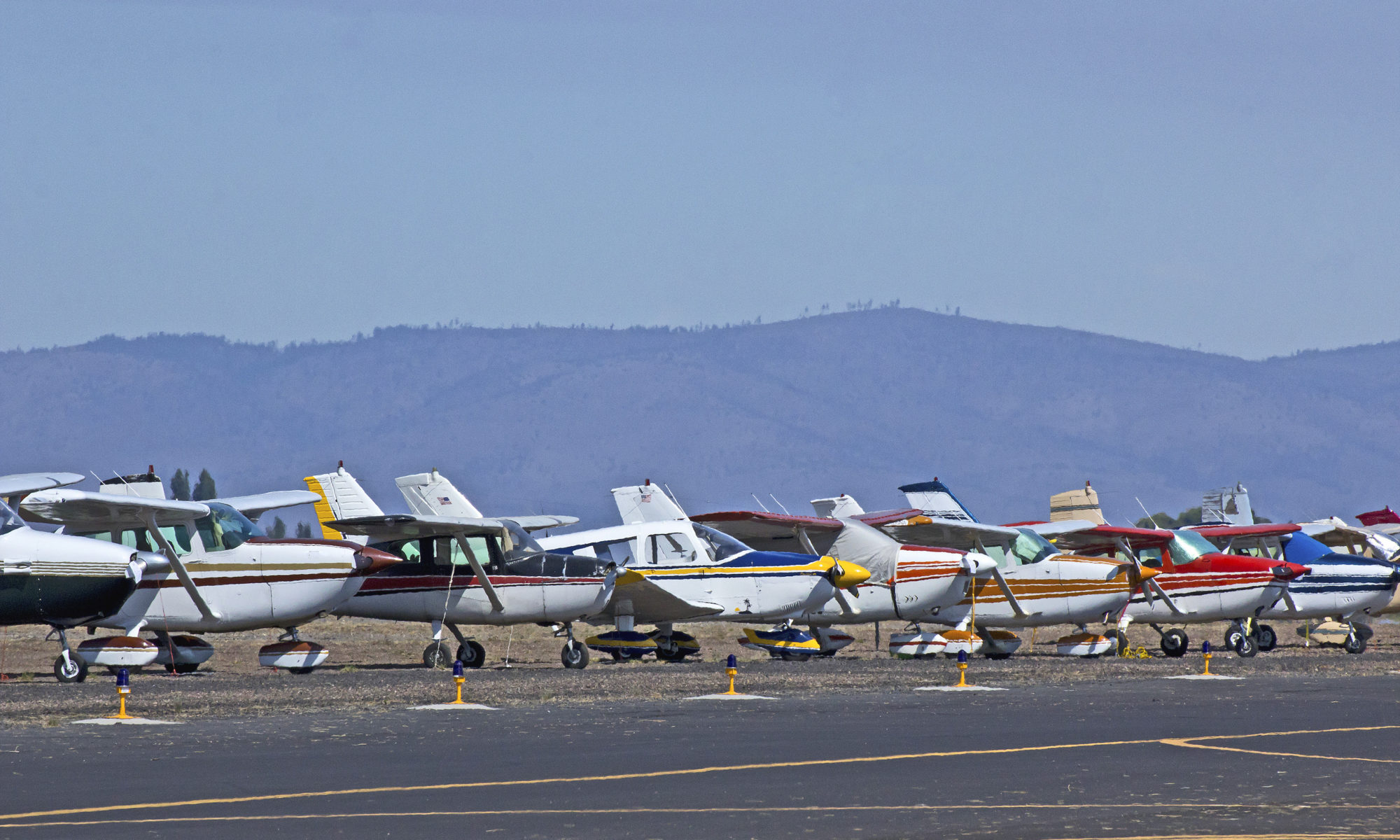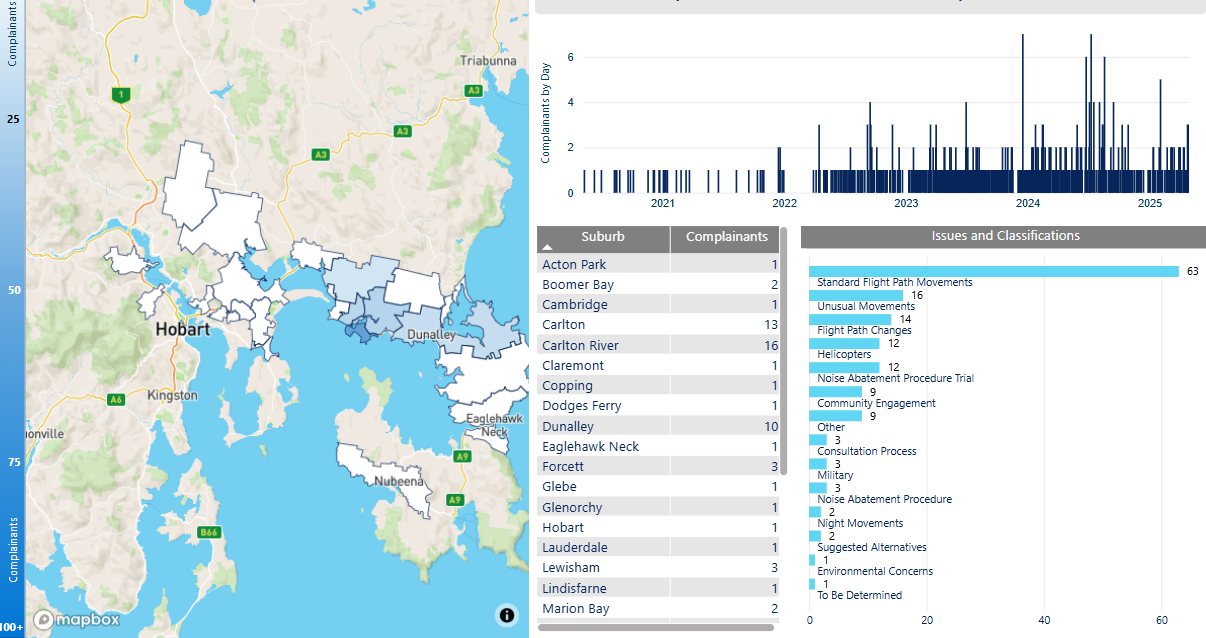The majority of General Aviation (light aircraft) operations are conducted to or from Cambridge Aerodrome.
Air traffic control do not provide runway separation or information on traffic operating on the manoeuvring area to Cambridge Aerodrome, however, during tower hours (5:50am to 10:10pm) Hobart Tower provides information for Cambridge aerodrome traffic.
Rotor-Lift Aviation also conduct circuit training at Hobart Airport and winch training at Seven Mile Beach and at Pawleena.
To learn more about Cambridge Airport operations, take a look at our Cambridge Airport Flight Paths page.
Where are the circuits at Hobart?
By day most of the circuit training is conducted on the west of the aerodrome over the suburbs of Cambridge, Mount Rumney and Acton Park, while at night it is done to the eastern side of the aerodrome over Hobart airport and Barilla Bay. Regular use is also made of the Ralphs Bay Flying Training area adjacent to the suburbs south of Lauderdale.
General aviation traffic operating beyond the Cambridge circuit are not constrained to set routes however geographical limitations, preferred operating routes and the need to segregate these operations from jet traffic means that there tends to be a higher concentration of aircraft operating to and from the Hobart City area to the west and to from the Midway Point/ Sorrell areas to the East (and beyond).
What is circuit training?
Circuit training is the first stage of practical pilot training focused on take-offs and landings. It involves the pilot making approaches to the runway or helipad, touching down and then applying power to take off again. This is undertaken in accordance with Civil Aviation Safety Authority (CASA) Regulations which are consistent with international practices.
How are circuits flown?
A training circuit consists of five legs – take-off, crosswind, downwind, base and final approach to the runway.
Aircraft take off into the wind, climb to 500 feet and then turn onto the crosswind leg. They continue to ascend to 1000 feet and turn onto the downwind leg. Having turned onto the base leg the descent commences. After turning onto the final leg and lining up with the runway the aircraft will touch down and take off again.
For left-hand circuits, the pilot turns left after take-off and flies anticlockwise. For right-hand circuits, the pilot turns right and flies in a clockwise direction.




